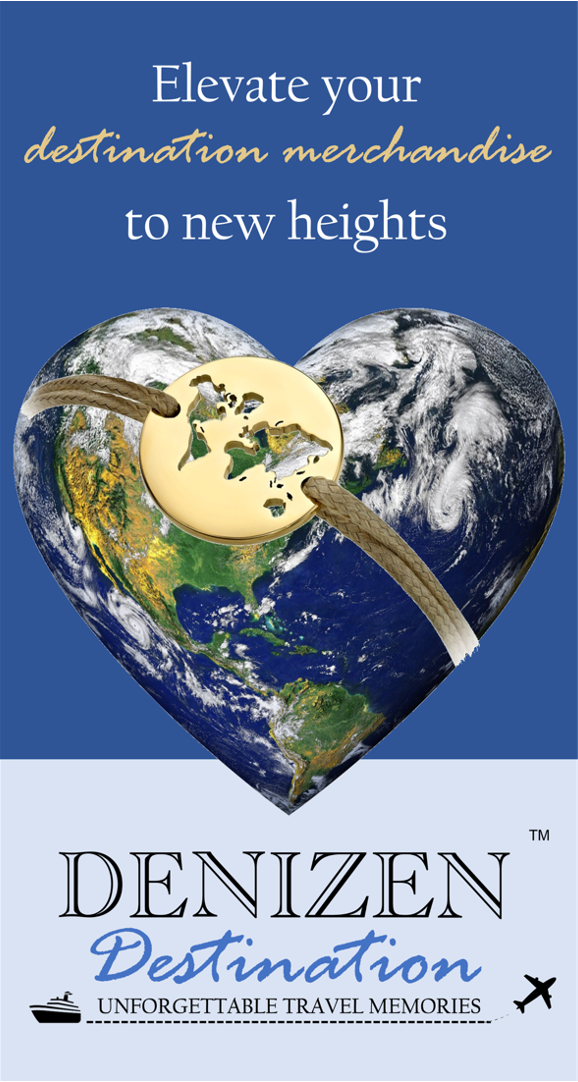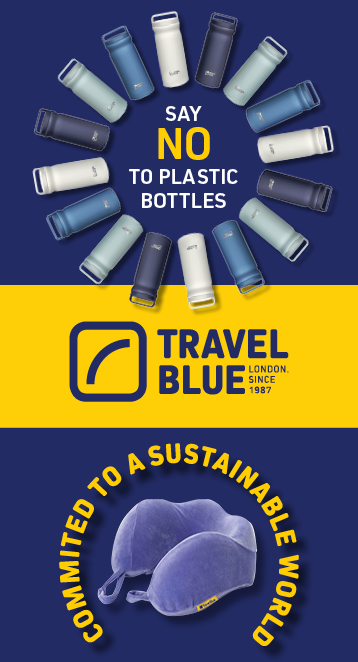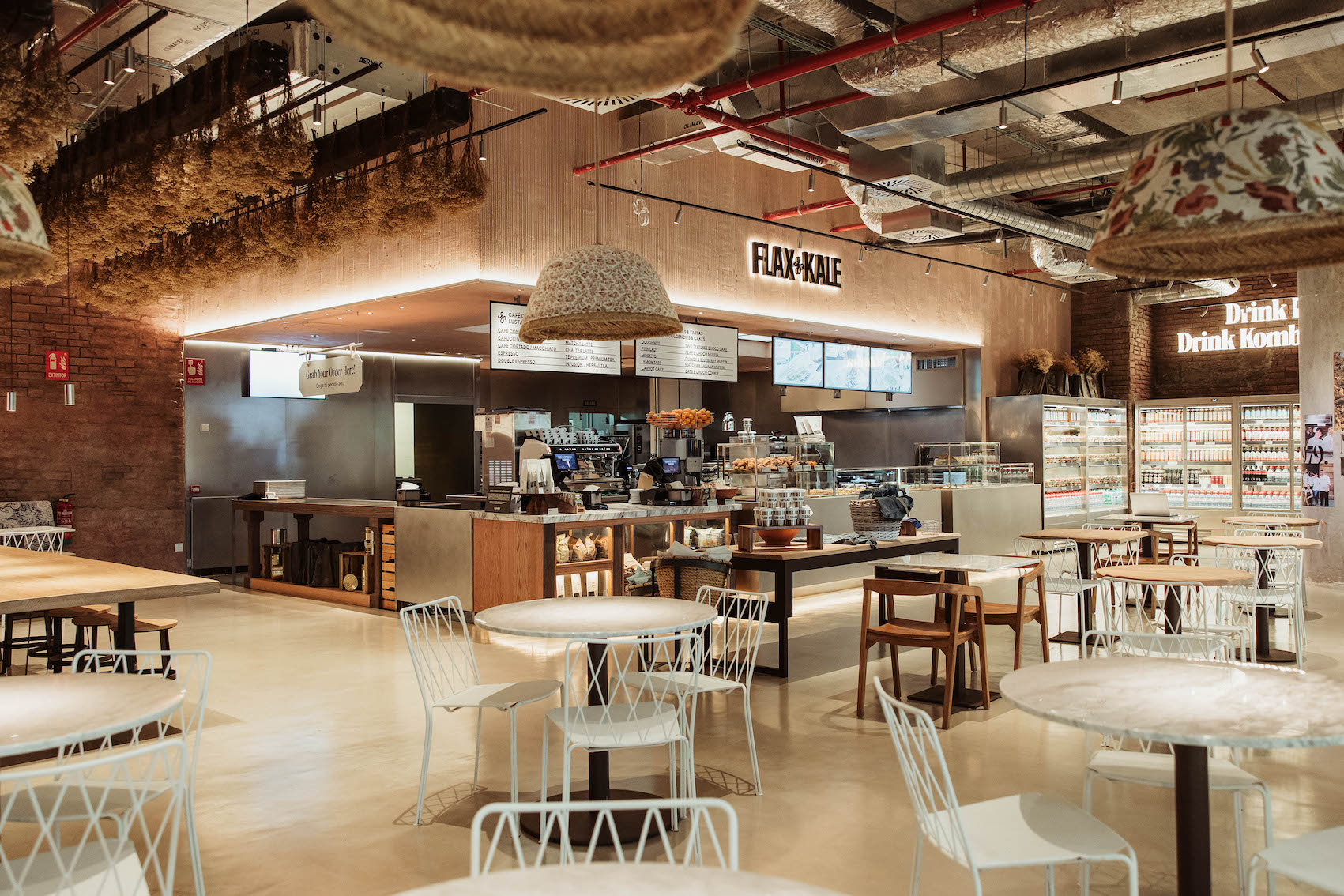SAUDI ARABIA. The Red Sea Development Company (TRSDC) has released the findings of one of the world’s largest environmental surveys of wildlife ecosystems, which it has undertaken in the Red Sea area.
TRSDC is the developer behind what is billed as the world’s most ambitious regenerative tourism projects, The Red Sea Project and AMAALA. The survey findings were released at the recent UN World Ocean Conference in Lisbon.
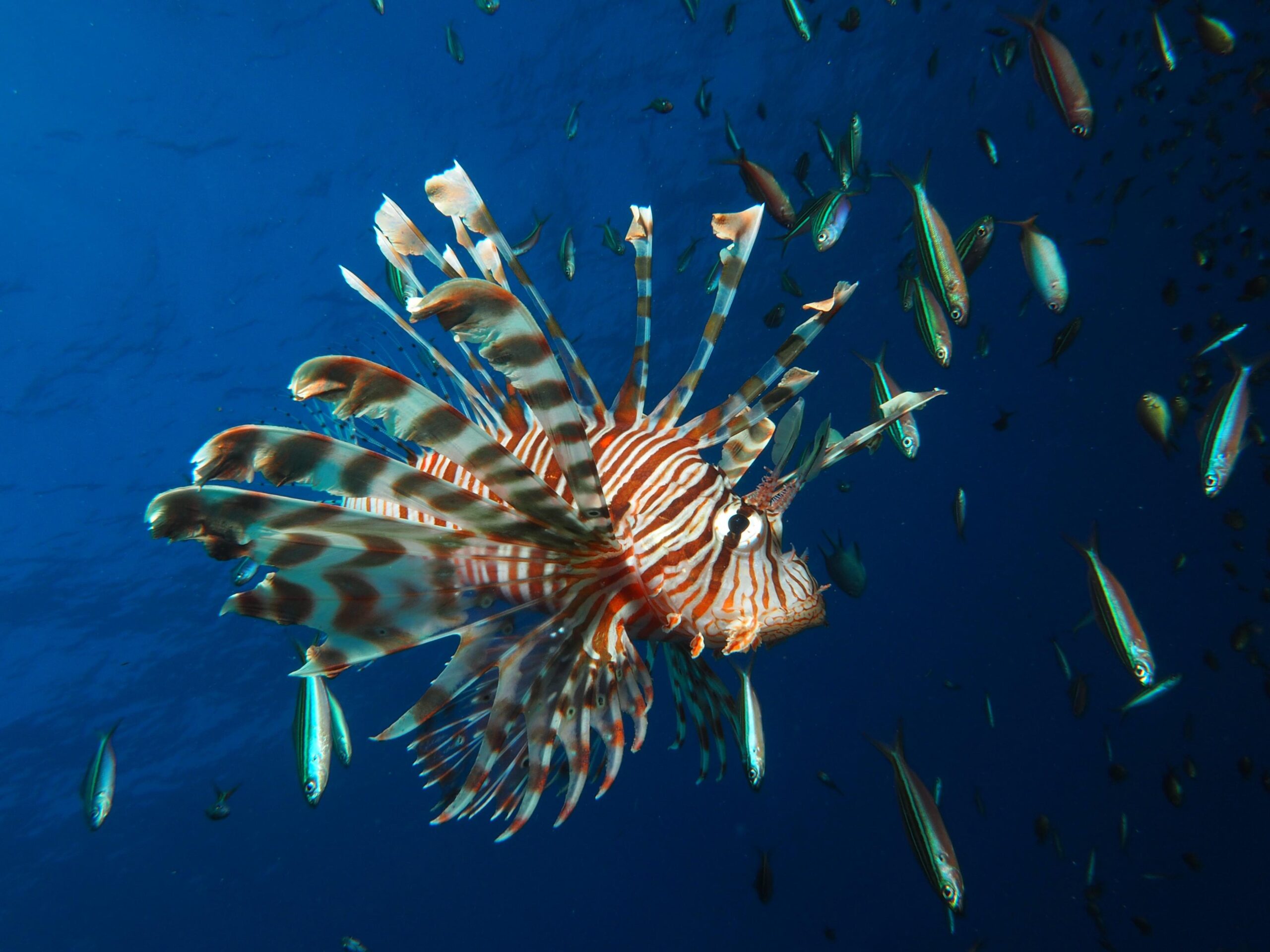
The 11-month long research study along the Saudi Arabian coast revealed an exceptionally rich diversity of habitats, flora and fauna. These include a significant number of endangered and critically-endangered species such as the Halavi Guitarfish, Hawksbill Sea Turtle and Sooty Falcon, as well as a thriving, eight-metre high single coral colony estimated to be around 600 years old.

TRSDC claims that its survey is by far the largest effort ever undertaken by a private development company to understand and assess a natural ecosystem ahead of and during development.
The company said it serves a crucial purpose in creating a baseline understanding of the state of the local environment through analysis of the populations, behaviours and habitats of the wildlife. The area surveyed covered over 200km of vibrant Red Sea coastline within TRSDC’s flagship destination – The Red Sea Project.
TRSDC CEO John Pagano said: “We want to prove to the world, and our peers in the tourism industry, that creating world-class destinations can go hand-in-hand with protecting and enhancing the environment.
“We’re challenging ourselves and others to do better and be better as global pioneers in responsible development and are issuing a call to action for tourism as an industry to step up when it comes to the impact on wildlife and biodiversity.”
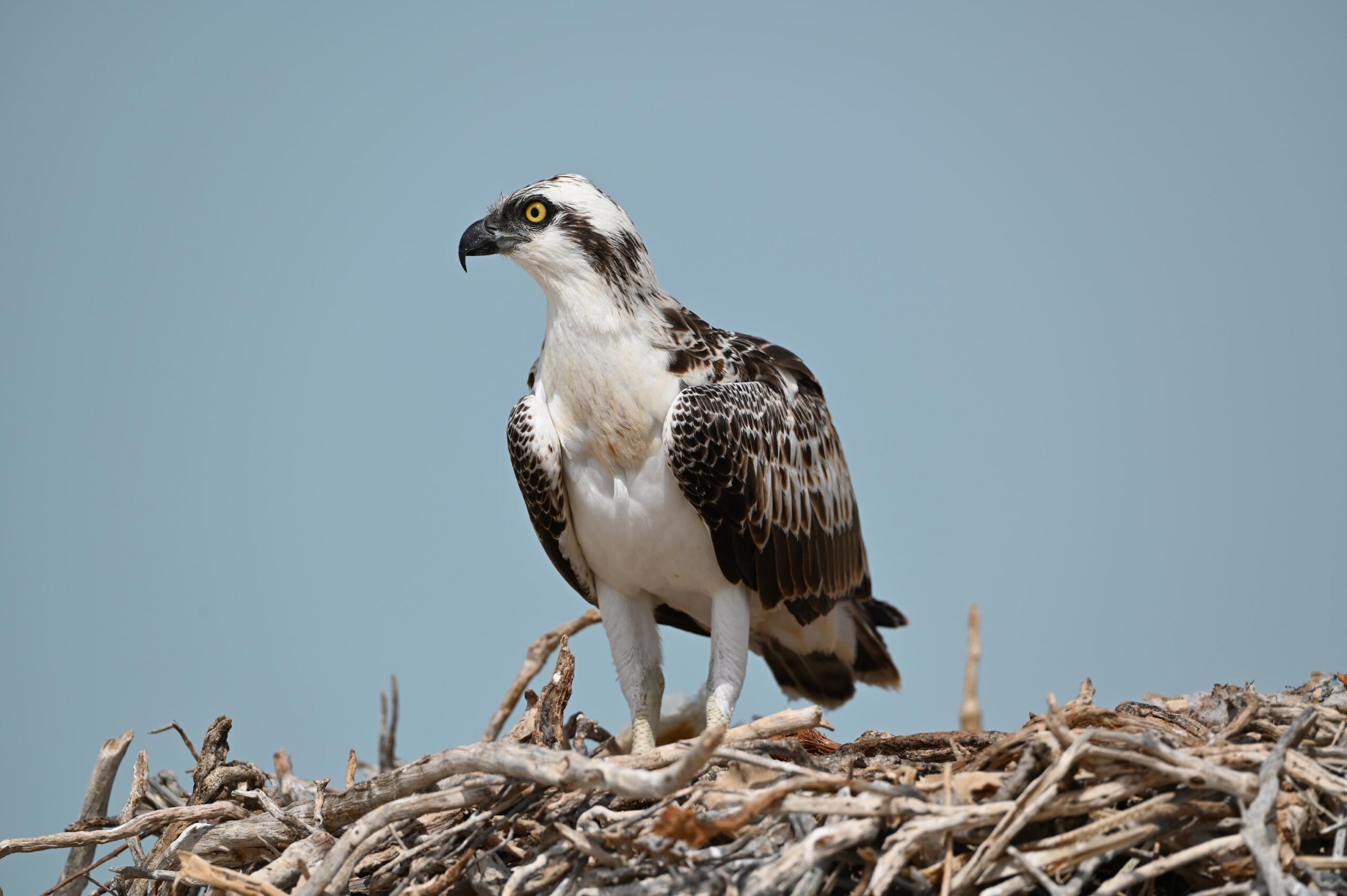
TRSDC added that the research forms the marker against which it will measure progress towards its ambition to deliver meaningful net conservation benefits through biodiversity enhancement efforts. It said it plays an important role in identifying and highlighting areas of environmental concern, and which require future mitigation and action.

Pagano continued: “The Red Sea coast is a hidden gem of incredible natural beauty, with rich and thriving wildlife. As an organisation with sustainability at our very core, it is our responsibility to not only protect, but to actively enhance and regenerate the natural ecosystems that exist here.
“To make this a reality, we want to transparently measure ourselves against our stringent environmental promises by establishing this baseline, and regularly reporting on progress.”

TRSDC acknowledged that the tourism industry is one which places significant strain and stress on local land and marine areas. UN Environment research shows that the growth of tourism and its impact on environment is growing at an unsustainable rate, with a +154% increase in energy consumption, +131% increase in greenhouse gas emissions and +152% increase in water consumption expected by 2050 if action is not taken.
TRSDC expressed the belief that more must be done by developers to ensure sustainability is embedded from the ground up, and that the environment, wildlife, and biodiversity, as well as the lives of those in local communities, are prioritised throughout development and eventual operations.

Pagano concluded: “With our capital structure fully in place we will continue to focus on execution and delivery of the project which remains on schedule to welcome first guests by the end of next year, and are grateful to our banking partners for their support of one of Vision 2030’s most exciting projects.”
Note: The Saudi Travel & Tourism Ecosystem Report, to be published in coming days by The Moodie Davitt Report, includes an interview with John Pagano. It will take a deep dive into one of the world’s most exciting, environmentally conscious, investment-heavy and fast-growing travel, tourism and aviation markets. All Saudi Arabia news can now be found on a dedicated archive page on our website.
For details, contact Martin Moodie at Martin@MoodieDavittReport.com




